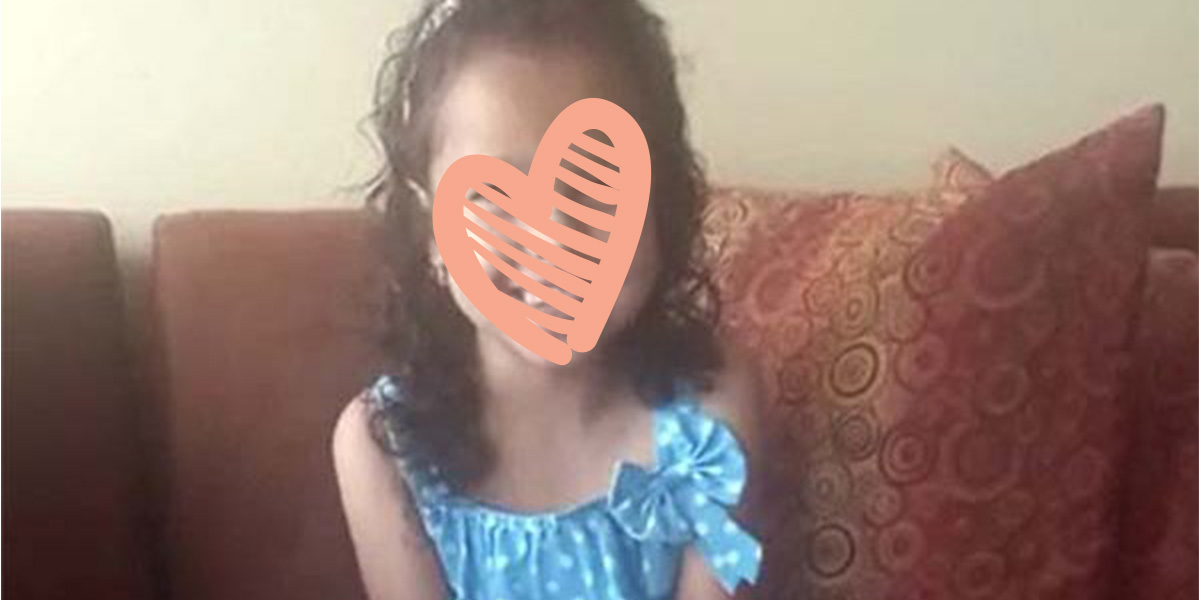
Family Strengthening

We advocate for the care and wellbeing of children all year long, but during the holiday season we are especially aware of the plight of vulnerable children around the world who do not have warmth, food or stability.
If you also have the world’s children on your mind and heart right now, we wanted to offer you a few meaningful ways to connect your holiday gift giving and celebration to uplifting the children who need it most.
Here are a few creative ideas for helping children this holiday season that are easy to implement and have an incredible impact!
Gifts of hope are truly the gifts that keep on giving! They are items and services that you can give to children and families around the world to help meet urgent needs, ease their burdens and help them overcome poverty. Holt’s digital holiday Gifts of Hope catalog features a diverse selection of life-changing gifts, from chickens to sewing kits, surgeries to shoes. You can even give a Gift of Hope in honor of a friend or family member as their Christmas gift. Give by December 15 and they’ll receive a card in the mail to let them know about the gift you gave in their name!
Gifts of Hope are like regular Christmas gifts but with a life-changing impact for years to come. Instead of a toy that a child will outgrow, give a girl a year of education, give a toddler a warm jacket for the cold months, or give a family garden tools and training so that next year they will have a harvest of nutritious vegetables to eat and sell!
After you give, see if your employer matches your charitable gifts. You never know if this is true until you ask! Your employer might match your giving or offer a pre-tax payroll deduction. If you’re a federal employee, you already have a way to give to Holt through the Combined Federal Campaign (CFC) from September through December every year.
We want to make helping children as easy as possible, especially during the Christmas season. Your holiday gifts to Holt International are the reason we can meet the needs of children and families worldwide. We literally couldn’t do it without you!
We're sorry no stories match the filters you've chosen. Please adjust your selection of filters.

Family Strengthening

Adoption

Family Strengthening

Adoption

Family Strengthening

Adoption

Adoption

Family Strengthening